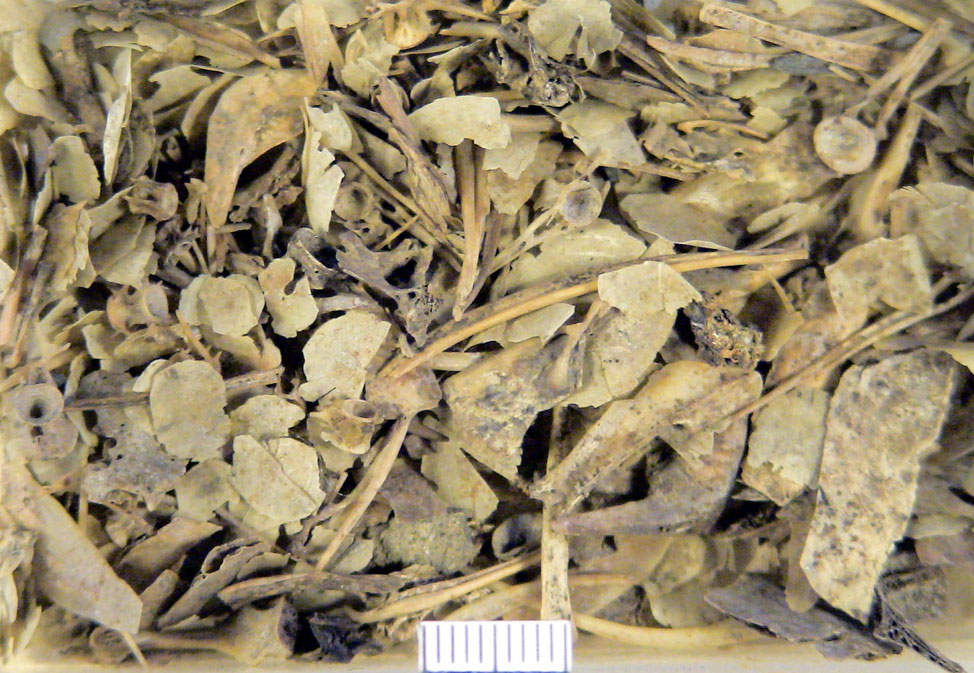Küchelmann, Hans Christian (2015): Matjeshering or fish soup? Animal remains from a Hanseatic merchants’ site in Bremen. in: Körösi, Andrea & Szotyori-Nagy, Ágnes (eds.): Hungarian Grey, Racka, Mangalitsa. Papers presented at the international conference honouring János Matolcsi, 25–26 November 2013, 263-270, Budapest
Abstract
A rescue excavation in the medieval city centre of Bremen, in the former medieval harbour area, revealed remains of three stone buildings of a particular type regularly used by Hanseatic merchants as storage houses. Dendrochronological data showed that the buildings were constructed in 1183 AD. The analysed bone sample stems from the ash layer of a catastrophic fire event around 1200 AD. It consists of the typical medieval domesticates (cattle, pig, sheep / goat, domestic fowl) plus a substantial amount of different fish species. The fish bones mainly comprise limnic species, which could have been caught in the local vicinity. The only exception is the marine herring. The finds from a securely dated and short-termed context of a warehouse are strong evidence that Bremen merchants were already involved in the herring trade in the late twelfth century.
Download (pdf 1,2 MB)


Küchelmann, Hans Christian (2015): Matjeshering or fish soup? Animal remains from a Hanseatic merchants’ site in Bremen. in: Körösi, Andrea & Szotyori-Nagy, Ágnes (eds.): Hungarian Grey, Racka, Mangalitsa. Papers presented at the international conference honouring János Matolcsi, 25–26 November 2013, 263-270, Budapest
Abstract
A rescue excavation in the medieval city centre of Bremen, in the former medieval harbour area, revealed remains of three stone buildings of a particular type regularly used by Hanseatic merchants as storage houses. Dendrochronological data showed that the buildings were constructed in 1183 AD. The analysed bone sample stems from the ash layer of a catastrophic fire event around 1200 AD. It consists of the typical medieval domesticates (cattle, pig, sheep / goat, domestic fowl) plus a substantial amount of different fish species. The fish bones mainly comprise limnic species, which could have been caught in the local vicinity. The only exception is the marine herring. The finds from a securely dated and short-termed context of a warehouse are strong evidence that Bremen merchants were already involved in the herring trade in the late twelfth century.
Download (pdf 1,2 MB)